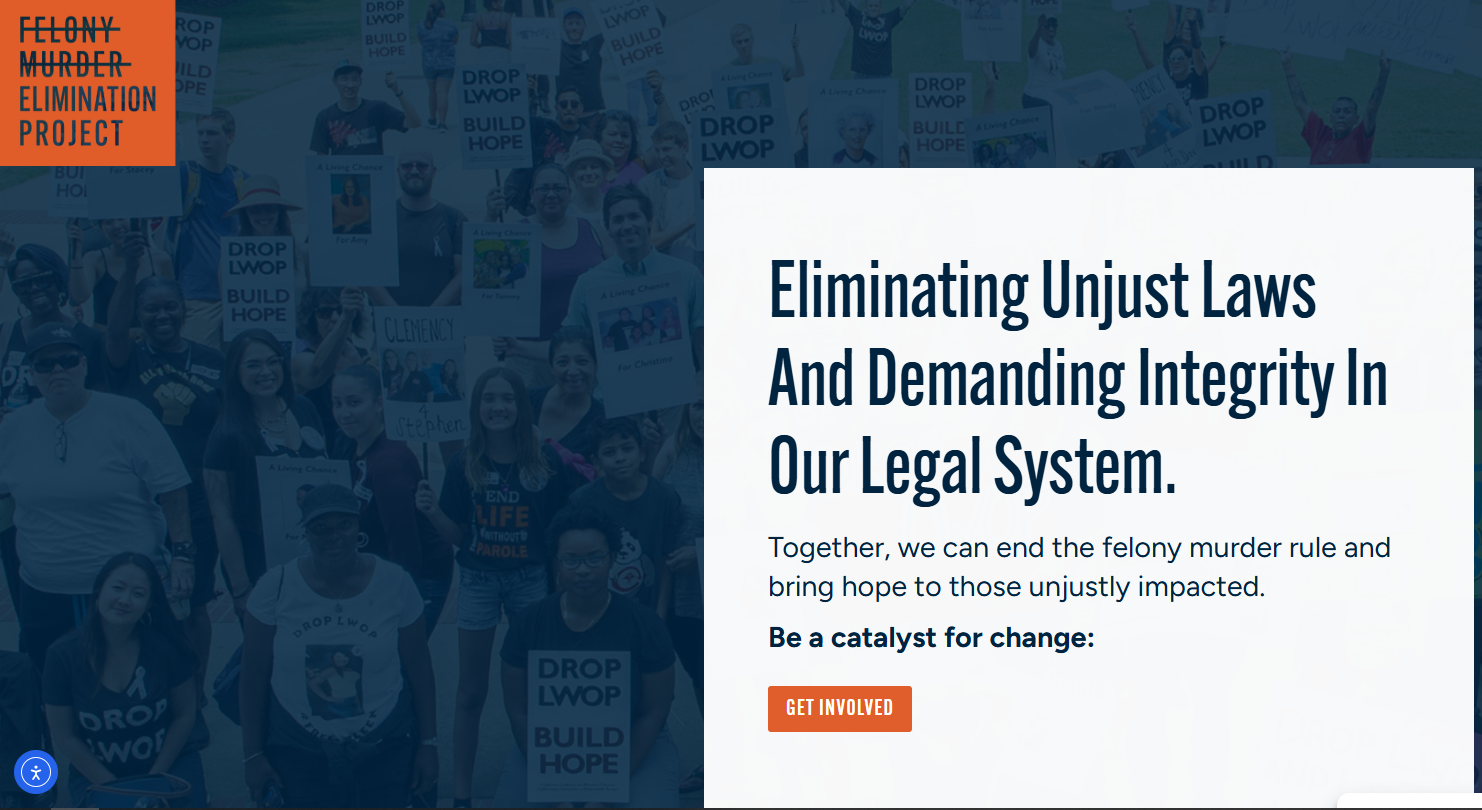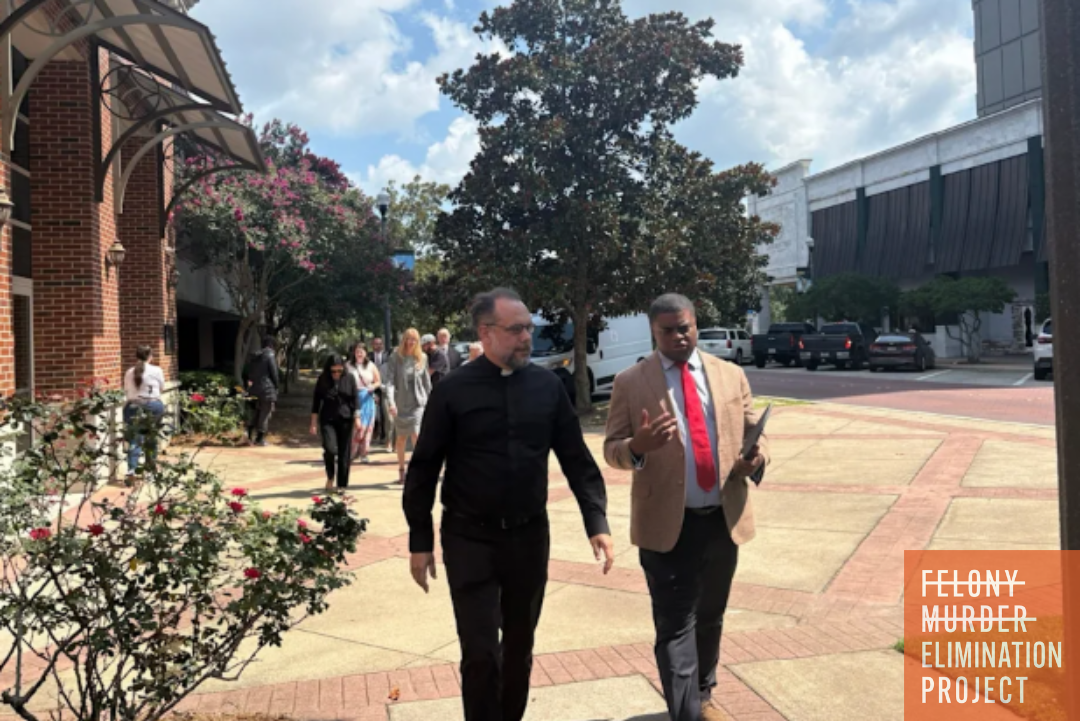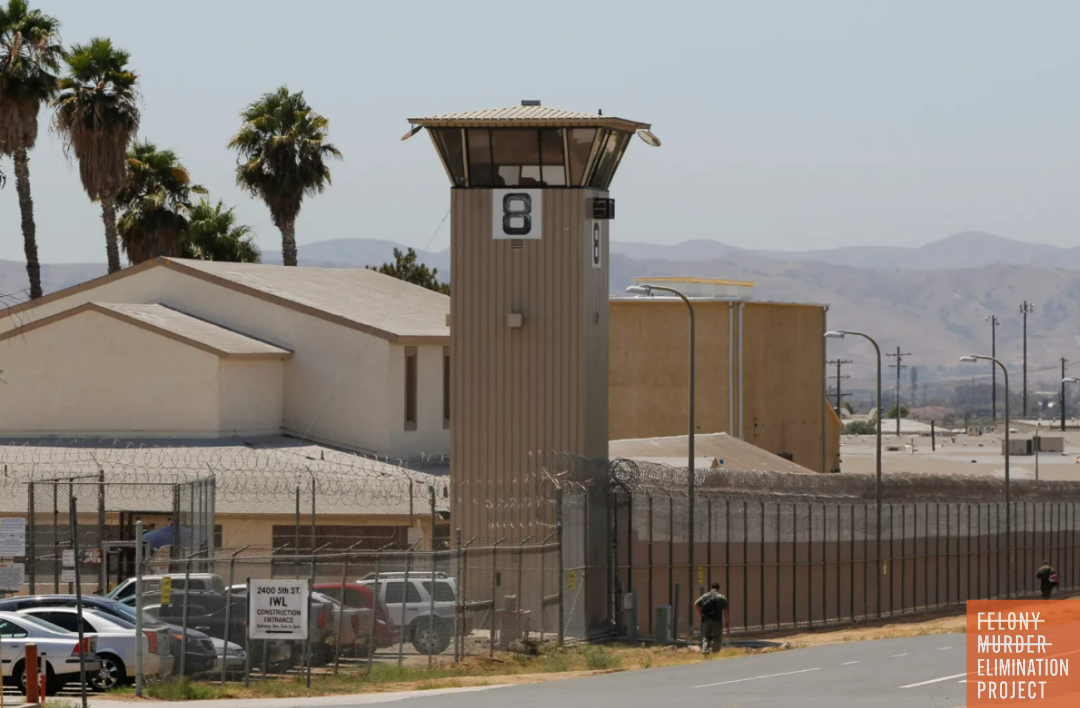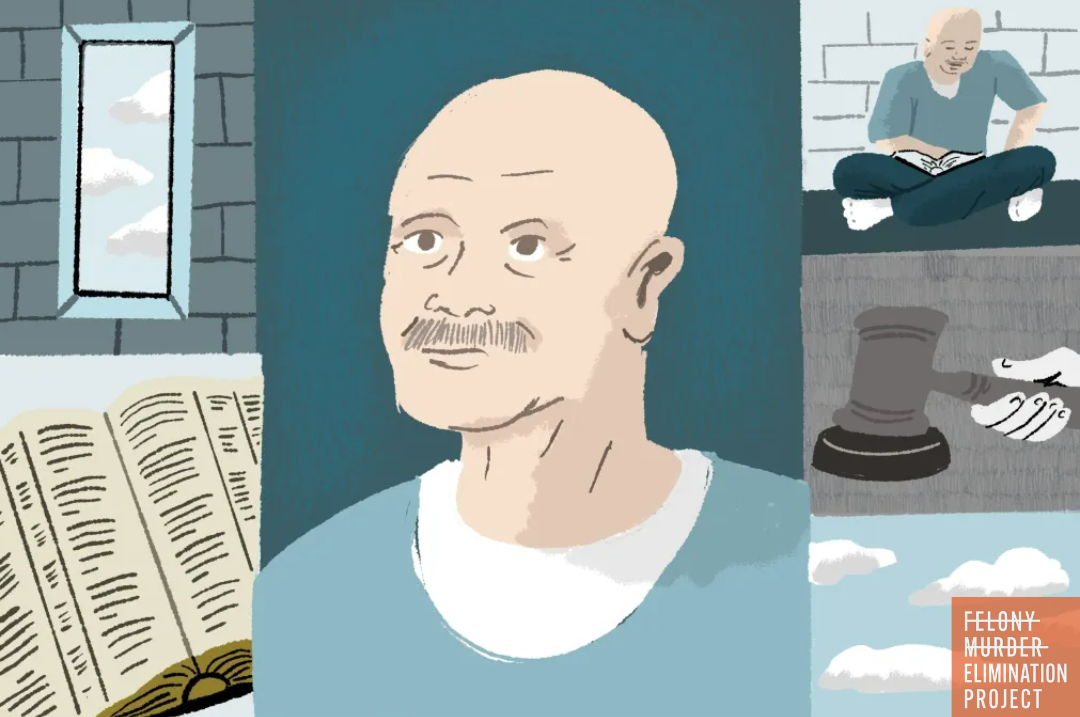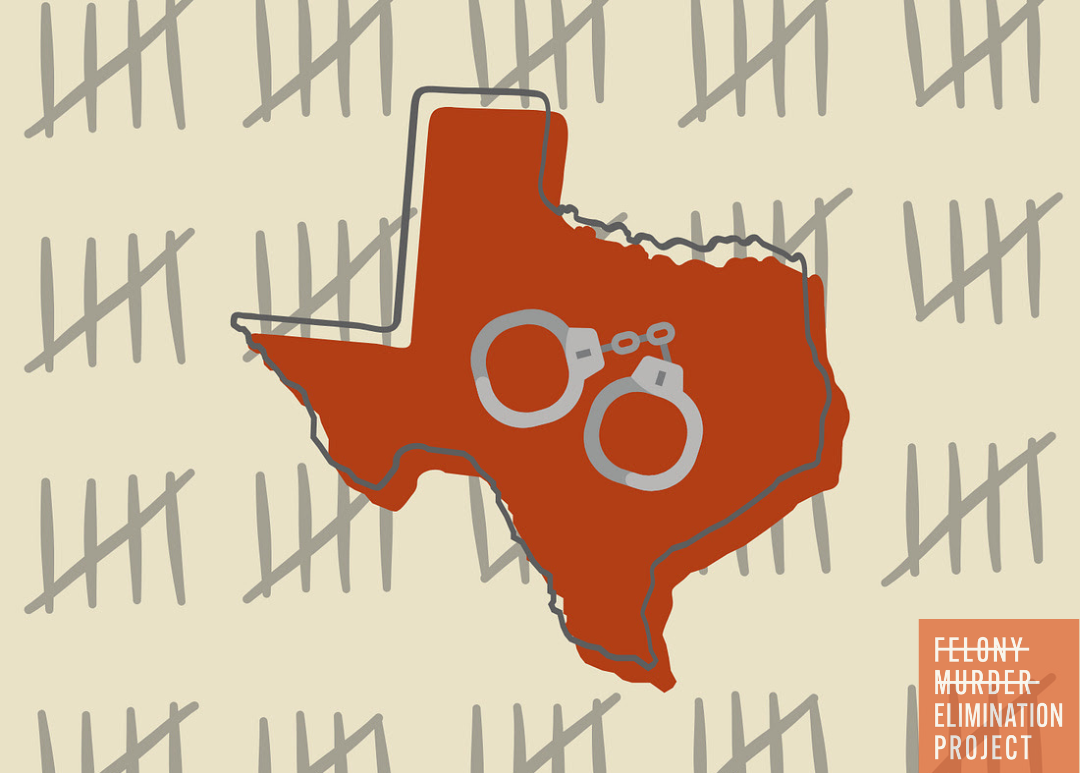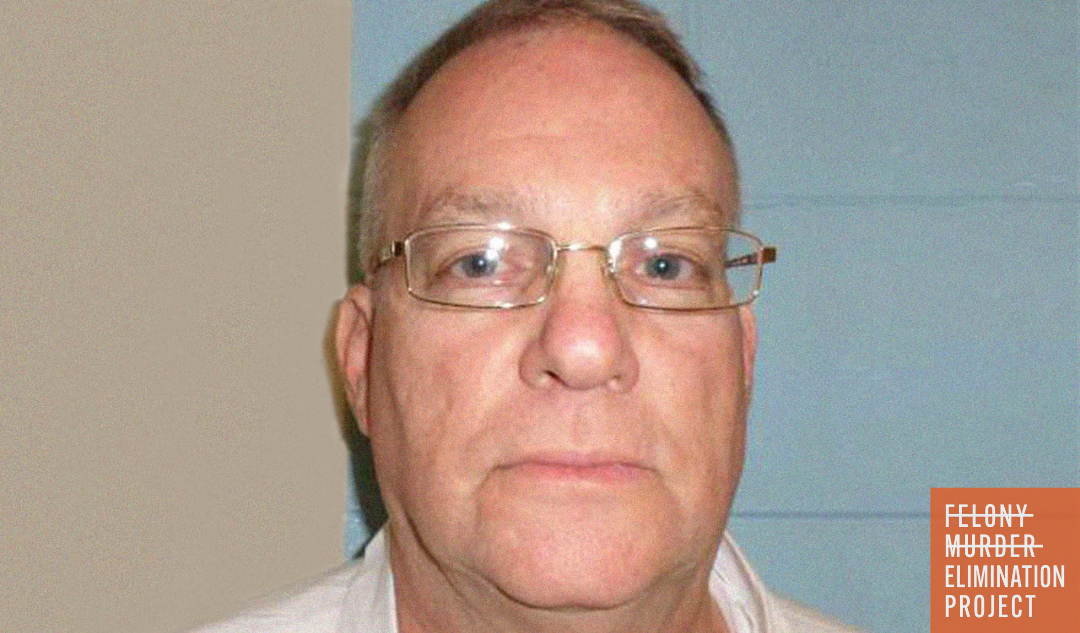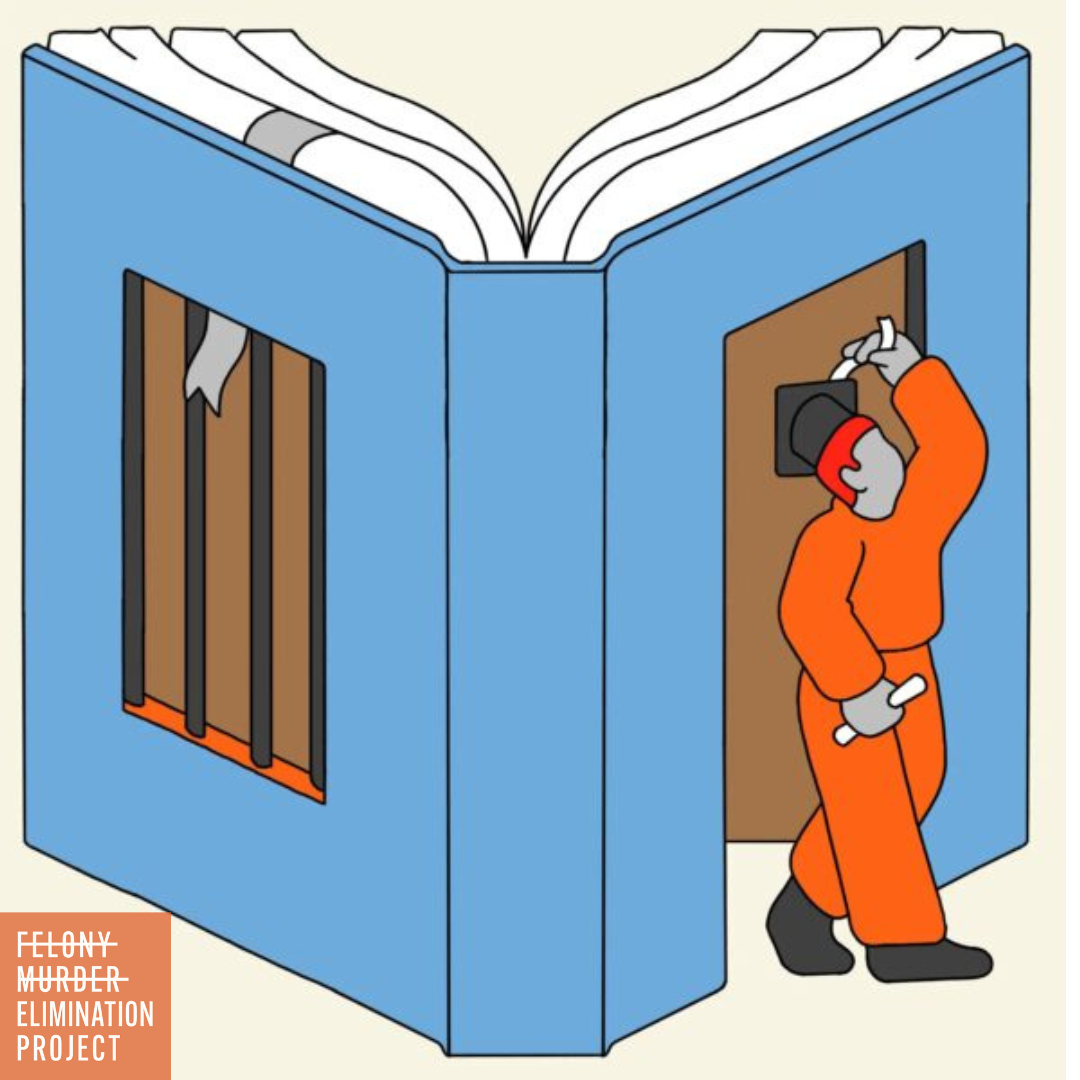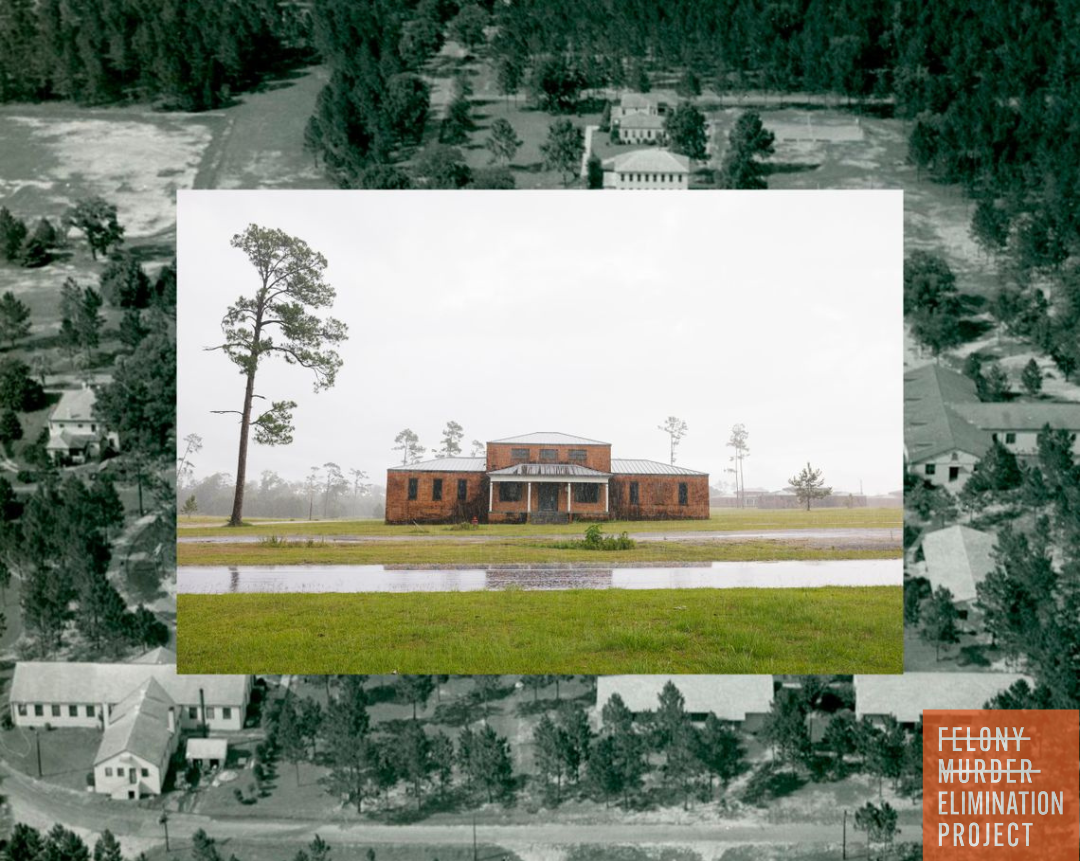California Prisons Aren't Ready for the Climate Crisis
Over the past year, CA prisons experienced a deadly heat wave, a tsunami threat at San Quentin, and a near wildfire evacuation
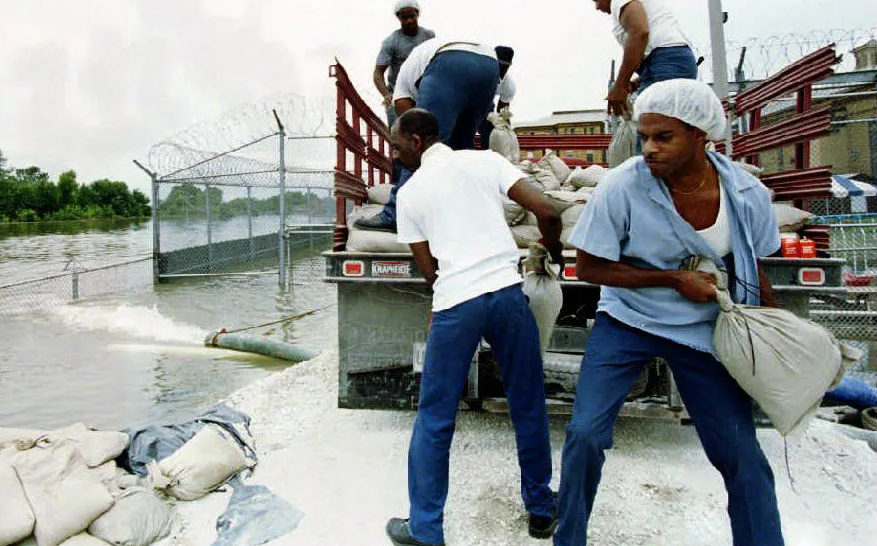
The climate crisis poses significant threats to incarcerated people due to rising temperatures, increased natural disasters, and the impacts of climate change on prison infrastructure. These threats exacerbate existing inequalities and health disparities within the criminal justice system.
Prisons are particularly vulnerable to heat waves, with many facilities experiencing more days of extreme heat than ever before. Incarcerated people have limited options to mitigate heat exposure, and climate change worsens the problem, increasing the risk of heat-related illnesses and death. Prisons are increasingly vulnerable to floods, wildfires, and other natural disasters, which can disrupt operations, damage facilities, and endanger the lives of incarcerated people. Many prisons are located in areas with high flood risk, and some are also at risk of wildfire damage, and accelerated changes to the climate are expected to increase the frequency of these "100-year events."
A new audit from California’s Office of the Inspector General (OIG) confirms what incarcerated people and advocates have warned for years: California’s prison system is dangerously unprepared for climate disasters.
A statement from Californians United for a Responsible Budget (CURB) details the danger climate change poses to California's prison population and how the state's prisons aren't prepared to deal with these inevitable changes.
*****
According to the OIG, the California Department of Corrections and Rehabilitation (CDCR) “is unable to evacuate the incarcerated population and staff at most prisons within the first critical 72 hours of an emergency.” The audit found that most prisons lack specific evacuation plans, do not have enough buses or staff to carry out a rapid response, and use inconsistent methods to assess risk from fires, floods, and earthquakes. Despite regulations requiring detailed evacuation procedures, no prison reviewed had an adequate plan to evacuate people beyond the prison gates.
Senate Public Safety Subcommittee Chair Laura Richardson (D-35) called the findings “an F,” adding: “This is probably one of the worst that I’ve seen of all the hearings. To not be ready is putting us in a vulnerable spot.” Richardson continued, “In today’s world... I’m shocked.”
Over the past year alone, California prisons have experienced a deadly heat wave at Central California Women’s Facility, a tsunami threat at San Quentin, and a near-wildfire evacuation at Pelican Bay––all exacerbated by rising climate extremes.
The OIG’s audit follows earlier warnings in the Hidden Hazards report by UCLA Luskin School of Public Affairs and the Ella Baker Center for Human Rights, which documented how prisons are sited in remote, fire-prone areas with aging infrastructure and inadequate cooling or ventilation. Of California’s 34 prisons, 18 were cited as vulnerable to extreme heat, wildfires, and/or flooding.
Senator María Elena Durazo (D-26) dismissed the notion that it was unlikely that a prison would burn down. “Nobody expected the wildfires we had in L.A.—nobody would have identified that as impending doom,” said Durazo.
“The climate crisis is already here,” said Dax Proctor, Statewide Coordinator with Californians United for a Responsible Budget (CURB), a coalition of over 100 organizations working to reduce incarceration and invest in community safety. “The lives of people in prison are not expendable.” Proctor continued, “No plan means no protection.”
While the OIG suggests using deactivated prisons as emergency relocation sites, advocates say California’s closed prisons are some of the worst places to send people in a disaster. All three—Deuel Vocational Institution (DVI), California Correctional Center (CCC), and Chuckawalla Valley State Prison (CVSP)—have major deficiencies that would compromise safety during an emergency. CCC nearly burned down during the Dixie Fire in 2021. DVI has severe infrastructure issues and has been criticized for its proximity to flood zones. CVSP sits in a region where summer temperatures regularly exceed 110°F, yet none of these facilities are equipped with climate controls or modern ventilation. Advocates argue that repurposing these sites would recreate the very harms people are being evacuated from. After spending over $300 million to maintain these prisons in “warm shutdown,” they say the state should focus instead on permanently closing high-risk facilities.
The state’s Legislative Analyst’s Office has recommended closing more state prisons, saving taxpayers at least $1.5 billion annually.
“CDCR is trying to manage a disaster-prone system with too many people in it, in facilities that were never built for today’s climate reality,” said Proctor. “The safest and most cost-effective solution is to close more prisons and invest in real emergency planning now.”
*****
You can read and download the Office of the Inspector General's audit here --->>> Audit of the California Department of Corrections and Rehabilitation’s Natural Disaster Emergency Preparedness and Mitigation Efforts

